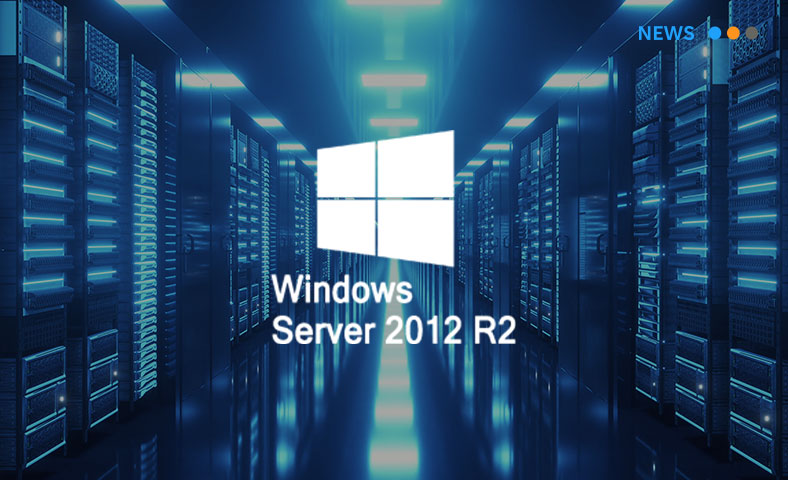Cloud Transition Readiness
April 14, 2016The value of being pragmatic versus being perfect
June 14, 2016I believe that we have finally reached a stage of early maturity in Cloud Computing. Most of the barriers, fears and a great deal of skepticism is now –almost- gone, the many advantages of Cloud computing start to be quite clear for the majority, -I compiled last year 68 reasons just about SaaS-.
In a nutshell there are the 2 BIG major reasons for adopting and/or transitioning to Cloud:
- To Improve the Bottom line, for example by:
- Reducing overall IT related costs: by a pay per use mode, rationalizing peak loads, immediate stopping or removing unneeded systems…
- Highly decreasing and simplify IT operations
- Avoiding complex capacity planning and systems and applications obsolescence
- To Improve the Business Strategy:
- Having immediate access to computing resources, platforms and applications where needed, when needed at a global basis
- Fast time to market and Quicker Time to Value for any new or improve deployment of applications, new implementations, rollouts, customer facing apps and more
- Overall improvement of business agility allowing companies to react to constant change and market conditions
In this post I´m providing some ideas and options for combining the business software applications of the worldwide ERP leader, SAP, with the most comprehensive and functional platform for Cloud services, Microsoft Azure.
There are dozens if not hundreds of possible system landscapes and deployment scenarios for SAP solutions on Microsoft Azure, here is a small list:
- Deploying SAP development, training, demo, staging or integration systems on the fly. You can have “master template SAP systems” installed on a VM ready to be replicated, started or stopped as needed.
- You can migrate your on premise SAP system to an Azure VM either by doing an Homogeneous or Heterogeneous Migration depending whether you will deploy the same or a different Operating System and Database platform.
- You can use Azure for quickly benchmarking of new SAP solutions or select your choice of platform or database
- You could quickly deploying productive systems based on SAP Best Practices or SAP Rapid Deployment Solutions
- You can have your SAP Backup and Restore to and from the Azure Cloud
- You can make a full copy of your SAP systems and have them as historical archive systems for auditing and compliance. You can have the systems stopped and just start them when needed, so that the cost is very marginal.
- By using the SAP Gateway for Microsoft, you can integrate many of the Microsoft User Productivity tools such as SharePoint or Office365 with SAP, providing alternative and much better user interfaces, avoiding the classical and costly Z-menus that we often see in SAP deployments.
- You can integrate your on premises Active Directory with the Azure Active Directory for accessing SAP systems with Single Sign On.
- You can scale up and down SAP systems based on system load and operation modes, for instance by starting additional SAP application servers when some statistical thresholds are reached.
- You can avoid capacity planning for new releases and upgrades of SAP systems, by having an unlimited data center capacity on the Azure platform.
- You can build an Image repository of your licensed SAP solutions for quick deployment
- You can use Azure for improving your SAP application testing by quickly performing point in time Snapshots
- Easily build hybrid SAP landscapes, you can have SAP systems on premises and have them connected to other SAP systems on Azure, as long as the Central Instance and the Application instances for a unique SID are both either on premises or in the Cloud.
- You can implement a SAP Disaster Recovery on Azure with very low RPO / RTO
The figure below describe some of the potential benefits of these use cases of SAP Business Software and Azure Cloud services.




